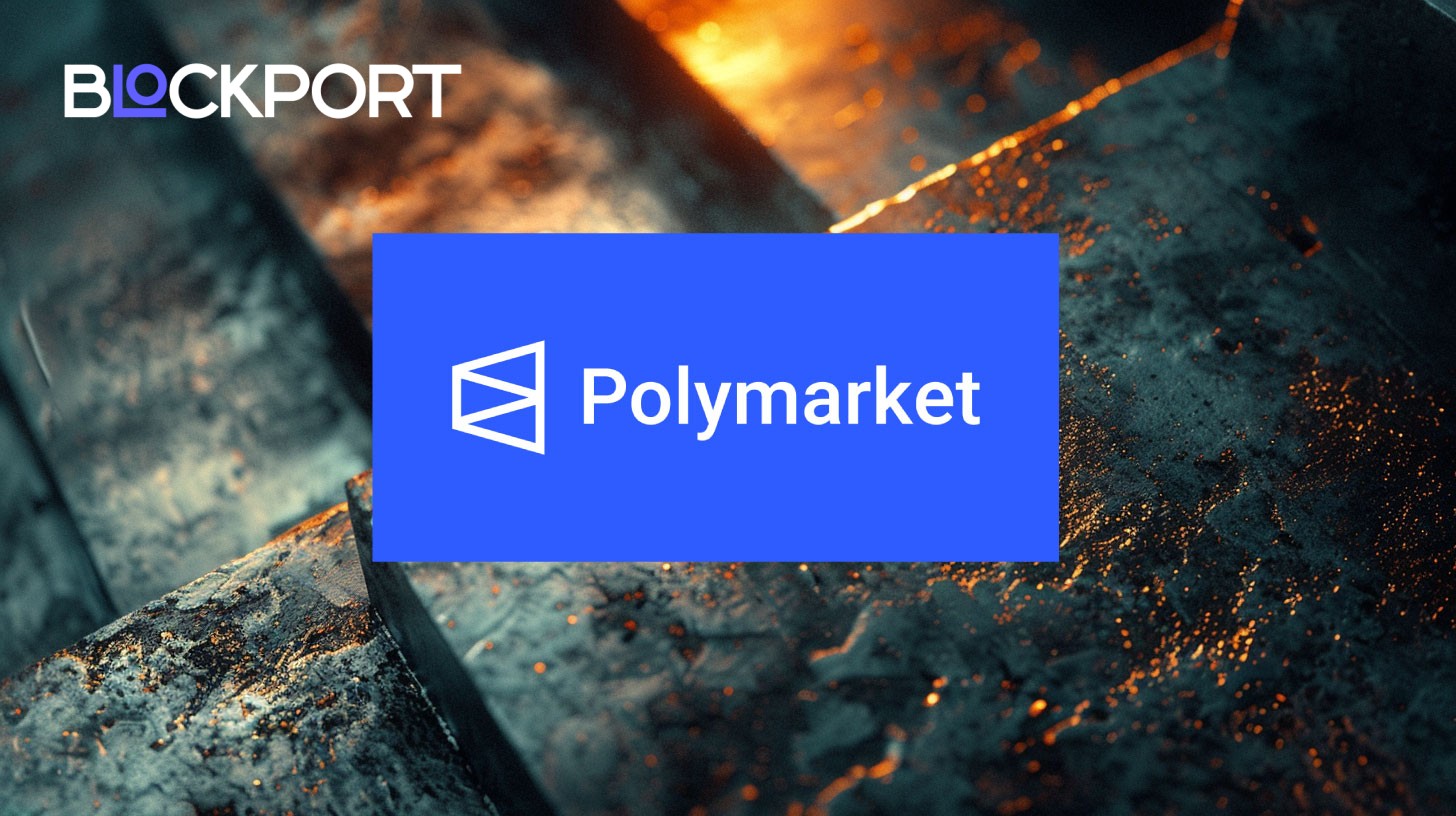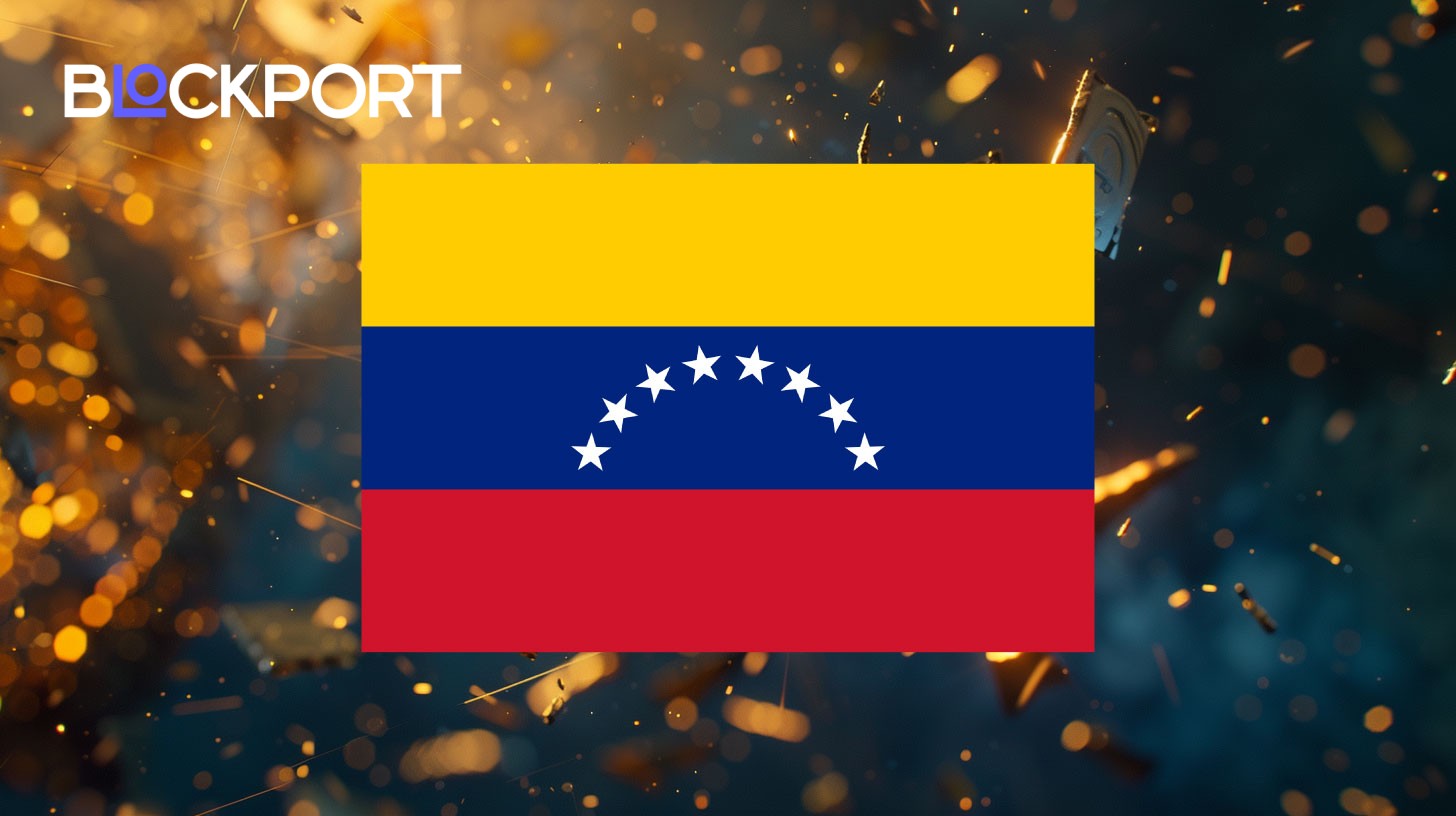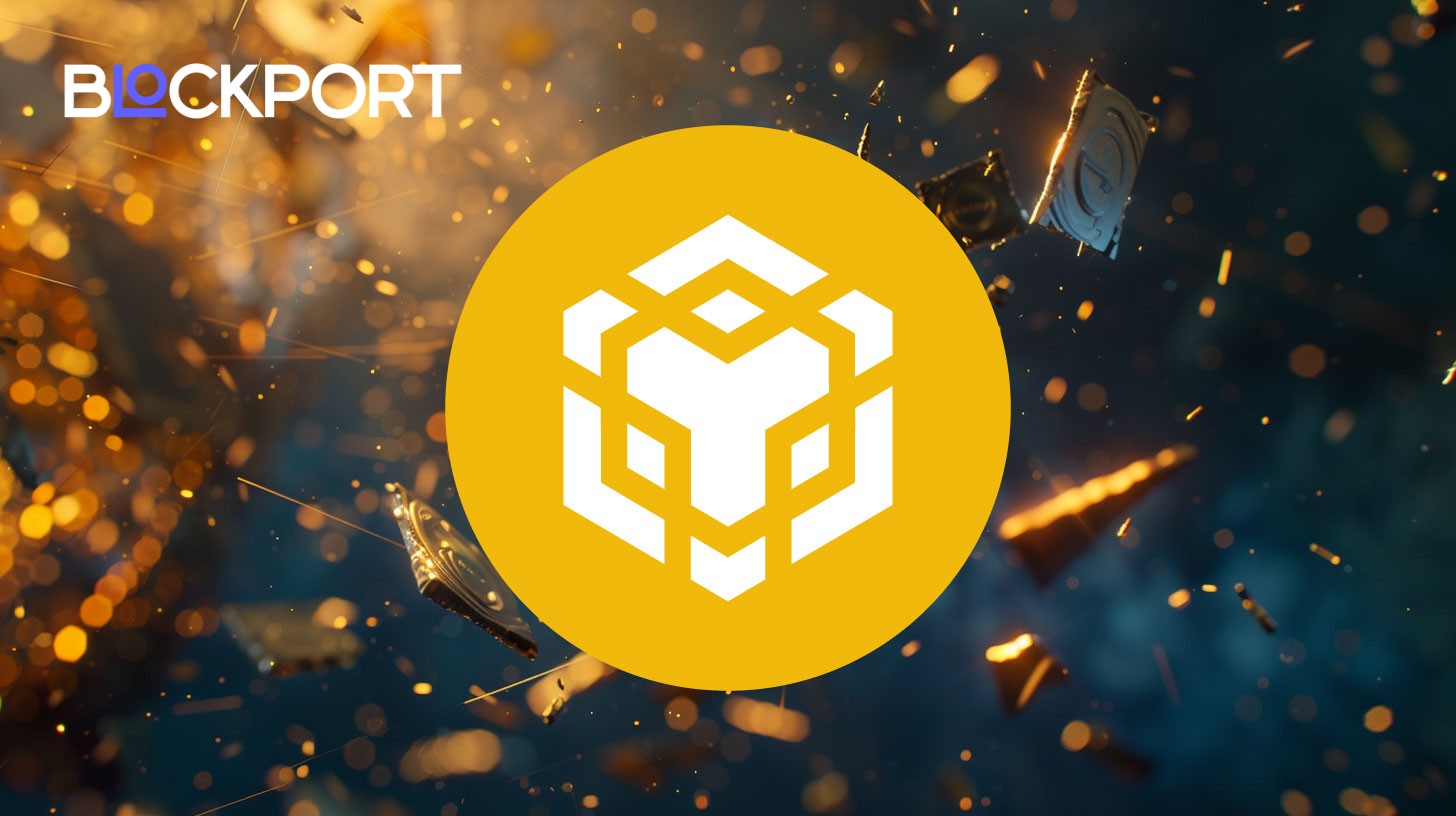Tokenized Carbon Credits – Why Blockchain Matters, and Where Rules Stand

Hong Kong pilots tokenized carbon credits while Verra tightens rules and ICVCM labels debut. Here’s who is building, what is allowed, and why quality wins.
Tokenized carbon credits link live registry units to blockchain tokens so buyers can trace, trade, and retire offsets with clear audit trails. New guardrails – ICVCM’s Core Carbon Principles, Verra’s tokenization limits, and the U.S. Commodity Futures Trading Commission (CFTC) guidance for Voluntary Carbon Credit (VCC) derivatives – aim to fix quality and double-counting risks while pilots test registry-grade tokenization.
How Blockchain Carbon Credits Work
A carbon credit starts in a registry. Tokenization maps that off-chain unit to a 1:1 token, then enforces state changes (issued, locked, transferred, retired) on-chain. Done right, every move has a verifiable record, and the retirement that claims climate benefit is public and final.
Carbon credits represent one metric ton of CO₂-equivalent reduced or removed. The market uses MRV (measurement, reporting, verification) to prove that claim. That simple rule – one credit equals one ton – still anchors both voluntary and on-chain markets.
The Integrity Council’s Core Carbon Principles (CCPs) create a common bar for “high-integrity” supply. In May 2024 the council confirmed Verra and ART as CCP-Eligible programs. With those approvals, CCP rules now cover programs behind roughly 98% of credits retired in 2023. Labels then flow at the category/methodology level.
Verra drew a hard line in 2022: no minting tokens from retired credits. That killed “retire-and-mint” bridges that invited double claims. Verra pointed teams to “immobilize-and-mint” instead: lock a live credit at the registry, mint a token, and burn it to unlock or retire the credit.
Market plumbing is professionalizing. In October 2024, the CFTC issued final guidance for listing voluntary carbon credit derivatives. Exchanges must check contract design, deliverables, and integrity signals. This supports price discovery and deters manipulation – key for any on-chain market that touches futures.
Liquidity hubs still sit off-chain. Xpansiv’s CBL dominates spot exchange trading of offsets by share and continues to build links across environmental markets. Tokenization must plug into this structure, not replace it.Real pilots now operate at the registry layer.
In July 2025, J.P. Morgan’s Kinexys and S&P Global Commodity Insights began exploratory testing with S&P’s Environmental Registry, EcoRegistry, and International Carbon Registry to tokenize credits with audit-grade controls.
Benefits for Climate Action
Transparency and traceability. A public ledger makes every issuance, transfer, and retirement auditable. That reduces fraud and accidental double-counting and lets buyers verify claims without chasing PDFs. CCP labels and registry IDs can ride with the token as metadata.
Market access. Tokenization supports fractional lots and 24/7 settlement. Smaller buyers can join; larger buyers can settle across borders without bespoke back-office work. This broadens distribution without lowering the quality bar.
Smart-contract workflows. Escrowed delivery, automatic retirements on fulfillment, and programmable royalties for project developers can be encoded in the token’s lifecycle. That cuts admin costs and speeds financing.
Examples in the wild.
- Toucan Protocol helped move credits on-chain in 2021–22, facilitating the tokenization of ~20 million credits in its early phase, then adapted after Verra’s 2022 policy shift.
- KlimaDAO built DeFi rails around tokenized credits; third-party and trade press report >25 million VCS credits migrated on-chain across that ecosystem, with a smaller share actually retired. Treat “migrated” and “retired” as different metrics.
- ClimateTrade runs a blockchain marketplace to connect buyers to verified projects and integrations via API/Widget, used by brands in Europe and beyond.
Yet we have a caveat. Integrity screens are biting. In 2024, the ICVCM said several renewable methodologies failed CCP tests on additionality grounds, affecting a large pool of unretired credits. Token platforms must carry these labels and exclusions to avoid mis-selling.
How Tokenization Works Now
Token design starts with the registry. A credit must map to one token, and the off-chain unit should be frozen or flagged so it cannot be retired elsewhere. That is the “no double counting” line. Designs that ignore this line break trust and face registry blocks, as 2022 proved. The good news: newer bridges and pools align with immobilization models and one-way flows.
Data is the second pillar. Traditional MRV relied on field audits and slow reports. Digital MRV (dMRV) layers satellite, sensor, and analytics data to update project performance faster and at lower cost. Projects and marketplaces are wiring dMRV into tokens so a credit’s state reflects the real world, not stale paperwork. That makes tokens more than receipts – they become live instruments with evidence.
Liquidity matters. Pool tokens such as BCT, NCT, UBO, and NBO let buyers route volume through standardized gates while preserving the ability to “unwrap” to project-level units (like TCO2) for targeted retirements. Liquidity pools made credits composable in DeFi and easier to price, while stricter pool criteria aim to improve baseline quality.
But quality still drives everything. Media and academic critiques of rainforest avoidance offsets shook confidence. The response is sharper gating, project-level transparency on-chain, and a tilt toward removals and nature-based solutions with better baselines. Expect buyers to ask for live evidence and clearer additionality, not just certificates.
Corporate demand is shifting. Many firms now avoid bold “carbon neutral” claims based on avoidance offsets. They still buy credits, but they prioritize removal projects and strong verification. Standards bodies and policymakers also push reforms to curb greenwashing. That pressure rewards high-integrity tokens with clear registry ties and robust digital measurement, reporting and verification (dMRV).
Bottom line for builders: design for registry alignment and proof. Map each token to a specific unit, publish immutable links to registry IDs, show immobilization status, and make retirement one-click and on-chain. Add dMRV feeds and make the data visible. If you do not, the market will treat your token like a claim, not a credit.
What Success Looks Like
Picture a wind project that earns credits under a recognized standard. The issuer immobilizes 10,000 units in the registry and mints 10,000 on-chain tokens. Each token links to the registry record. Buyers see vintage, methodology, and location. When a buyer retires 500 tokens, the smart contract records the retirement and pings the registry to mirror it. The project’s dMRV dashboard shows current output to support future vintages.
Now picture a pool. The same project’s tokens meet pool criteria and add liquidity to UBO or BCT. A treasury can dollar-cost average into the pool, then unwrap to retire project-level units for disclosures. The pool raises throughput without hiding provenance. That balance – scale and specificity – is where Web3 adds real value.
Finally, remember the lesson from 2023’s slump: trust is the product. If tokens track immobilized registry units, retire cleanly, and carry live data, buyers will come back. If they don’t, they won’t. Build for verification first, liquidity second, and hype never.
Content on BlockPort is provided for informational purposes only and does not constitute financial guidance.
We strive to ensure the accuracy and relevance of the information we share, but we do not guarantee that all content is complete, error-free, or up to date. BlockPort disclaims any liability for losses, mistakes, or actions taken based on the material found on this site.
Always conduct your own research before making financial decisions and consider consulting with a licensed advisor.
For further details, please review our Terms of Use, Privacy Policy, and Disclaimer.



























